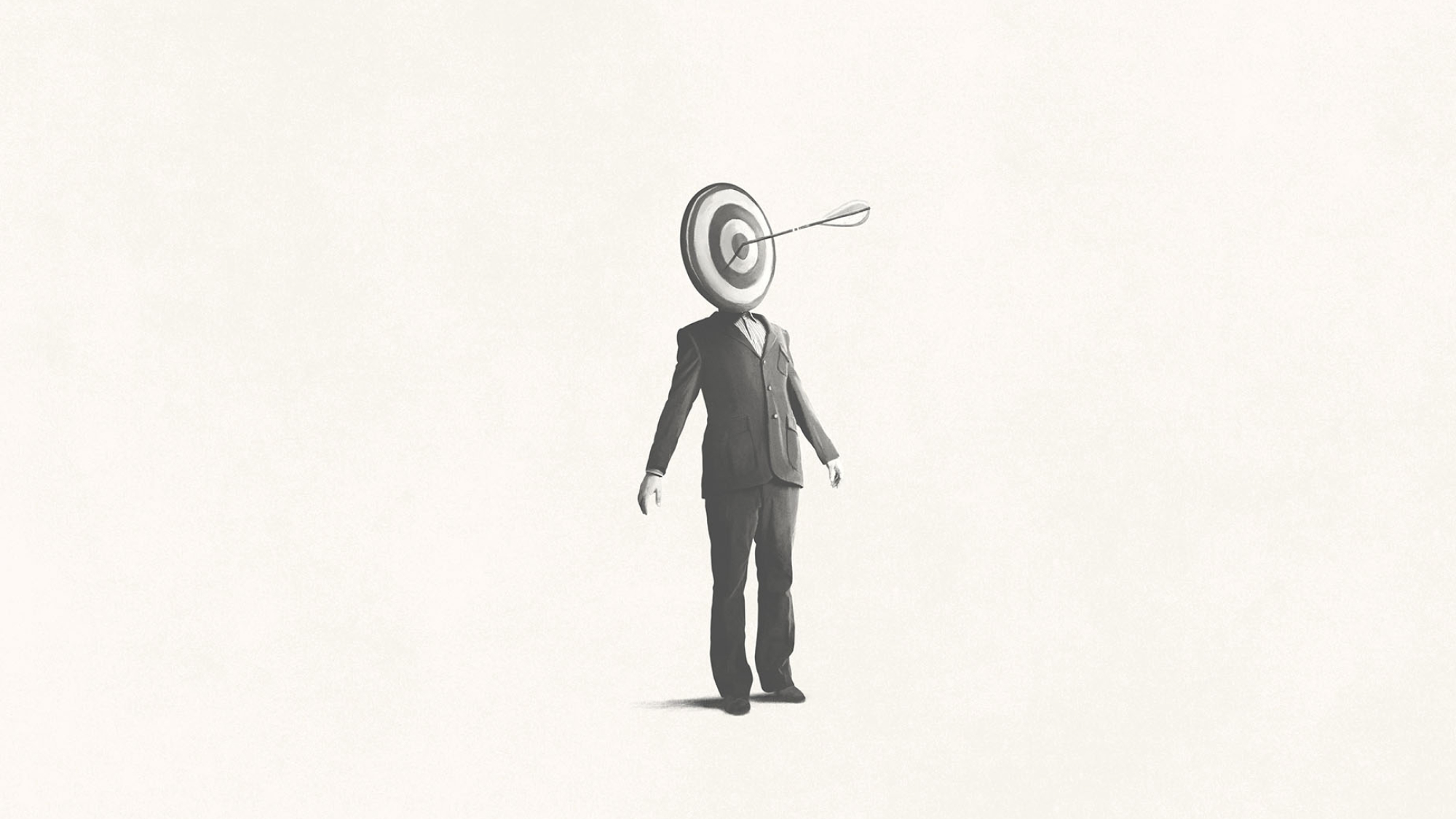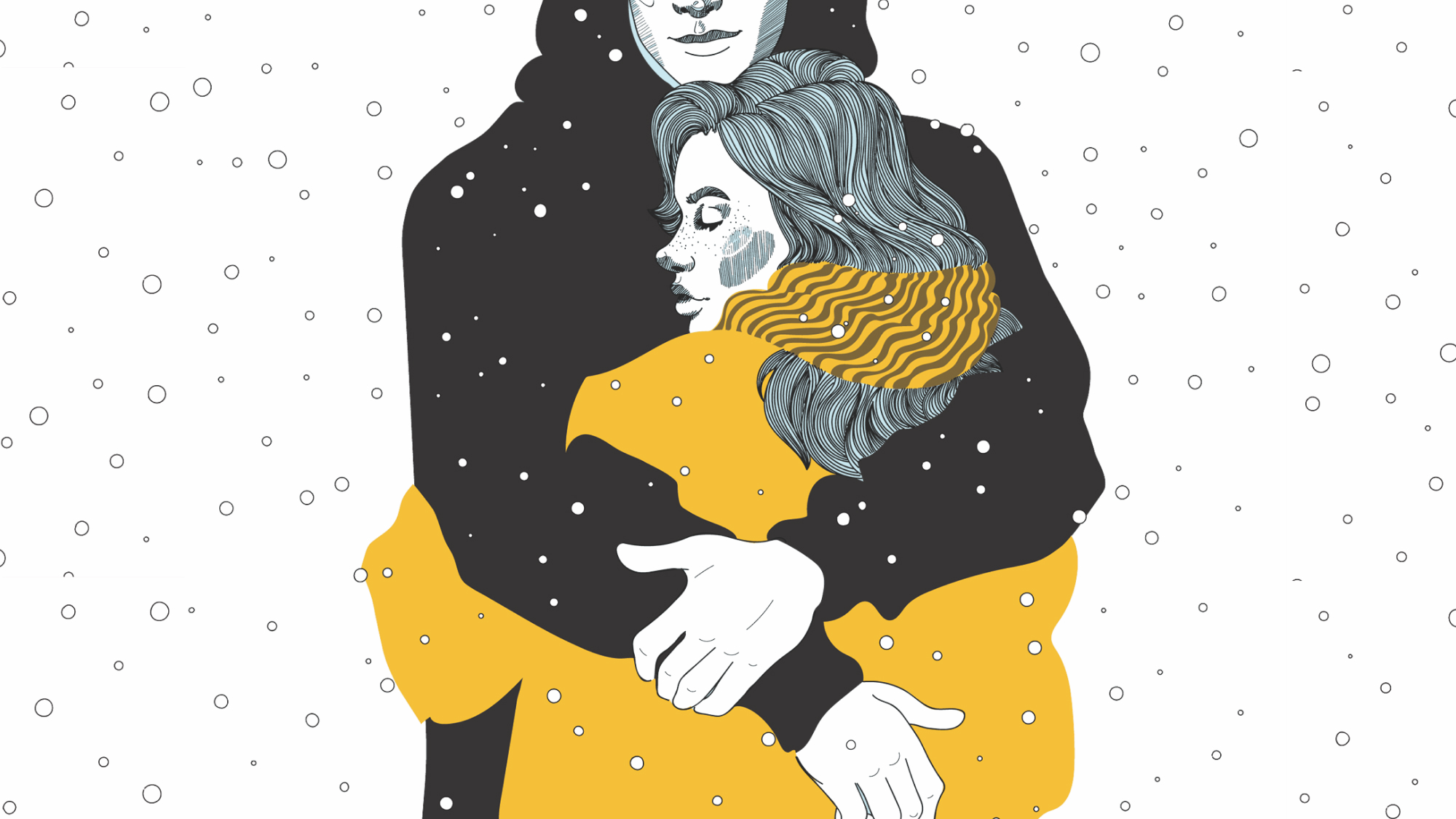
It’s that time of the year again, when the winter winds blow and we remained bundled up inside.
With the cold chill taking over in many parts of the world and the seasonal songs playing out from our speakers, cuffing season is here — a time when beginning to couple up more during the winters.
Cuffing season explained
The term ‘cuffing season’ saw a meteoric rise in 2017, noted as the word of the year to describe the period of the year when people start to look for partners to help pass the colder months together.
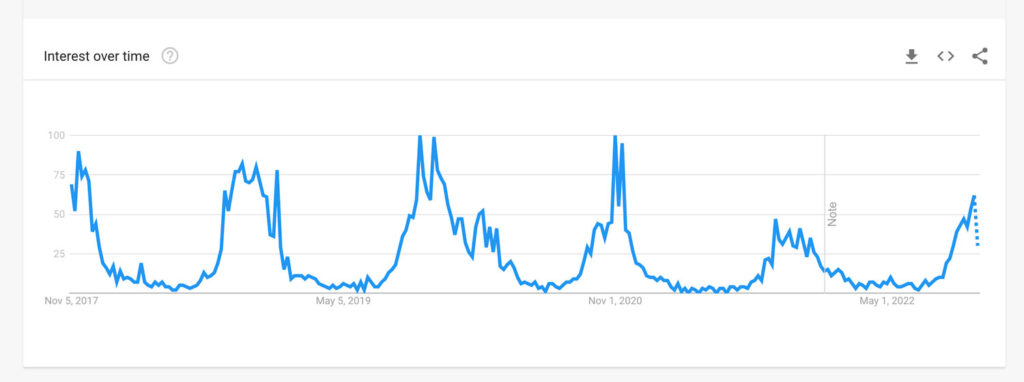
Usually starting off in October and lasting until February (Valentine’s Day), the word has become so common in our vernacular that even Google Trend data has shown that the phrase tends to trend in searches between October and February.
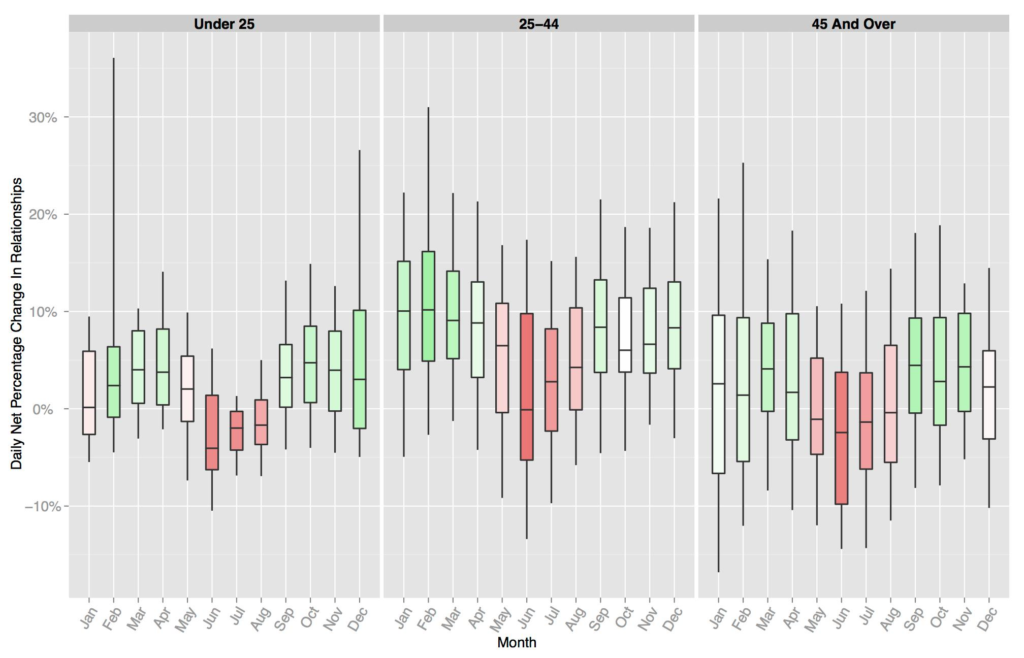
It’s not only Google that has been reporting these numbers. When looking at Facebook’s data, shows that people tend to change their relationship status most frequently around Christmas Eve and Valentine’s Day, much more than any other date.
The science behind the winter blues
So, besides the fact that we probably would like someone warm to cuddle up to during these periods, what really is the cause of this worldwide coupling behavior?
For one, studies have shown that serotonin levels, which are important in regulating mood, tend to decrease when there is a drop in sunlight — also known as the ‘winter blues.’
With this drop in serotonin, we are psychologically more prone to feel anxious and lonely, which explains why we’re more likely to seek out relationships to fill that void.
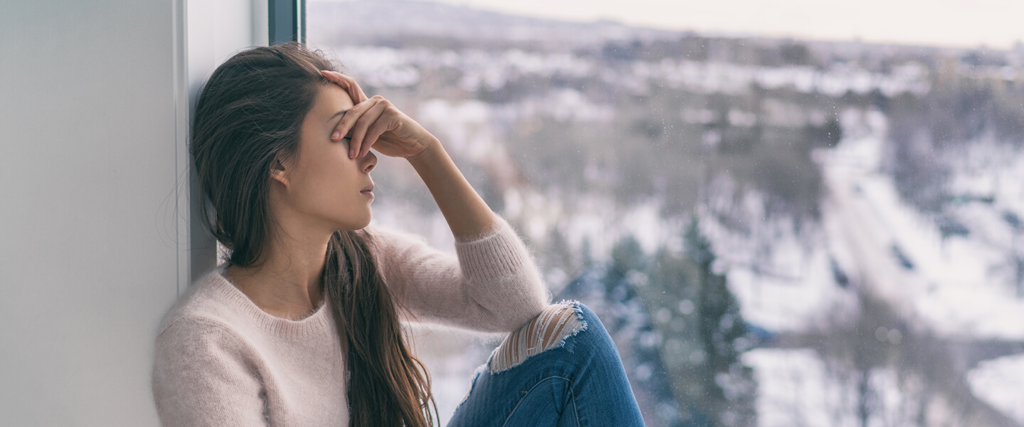
That is one of the main reasons why the winter season, most notably Christmas time, is a time for romantic movies to come out, as research shows that there is a direct relationship between watching romance movies and feeling cold. Viewers associate romance with warmth, and this psychological connection can make its way to the body, closely tying the winter to a need to be with someone (to hopefully keep us warm both figuratively and literally).
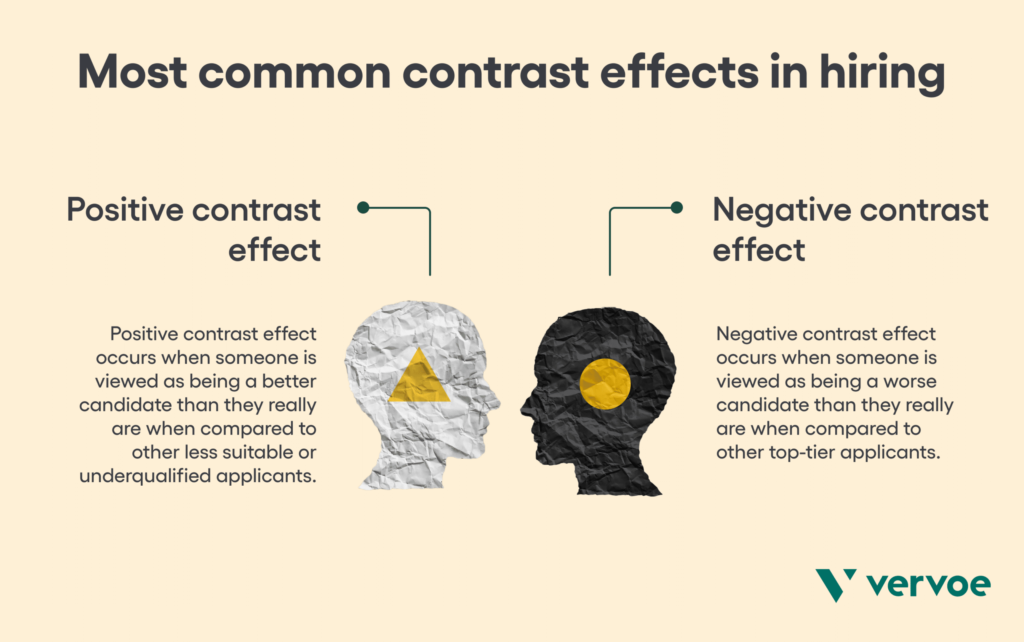
In addition, other studies have shown that heterosexual men tend to find women more attractive during the winter due to the contrast effect at play. This cognitive bias is when we unconsciously judge something in comparison to another, rather than assessing that person or thing individually. For example, if summer is a time when wearing barely anything is the norm, winter is when people are fully clothed, which thus lends itself to the appeal of mystery.
Beyond attraction, research also shows that October and November tend to be when testosterone production peaks, so we’re more likely to seek out partners to be intimate with during this time. In fact, in the US, most babies were born in July through to September, which means that conception most likely happened during the winter, colder seasons.
Seasonal affective disorder
Furthermore, at the end of fall or the beginning of winter, humans also tend to experience seasonal affective disorder (SAD). As mentioned above, we see less light which is why we have higher chances of being depressed, anxious, and lacking motivation. Some symptoms include:
- Having low energy
- Feeling sluggish
- Not sleeping well
- Difficulty in concentration
- Feelings of hopelessness
As such, we naturally go out and socialize less, stay home more, and thus perpetuate the cycle of loneliness.
Social and cultural influences
If all of those biological pulls weren’t enough, there are also the added social and cultural influences programming us to feel a certain way.
Winter is filled with so many couple-based holidays, from Christmas, New Year, and Valentine’s Day, that the sheer pressure to have somebody by our side can cause us to seek out a romantic partner during this period. As Katherine M. Hertlein, a professor in couples and family therapy noted in an interview with BBC Future,
“There can be pressures we feel from family, friends and our environment to be coupled up, but I also think that this pressure we feel is subconscious. I see people stay in relationships for the sake of not rocking the boat or ending up alone during this time.”
— Katherine M. Hertlein, Professor in Couples and Family Therapy
Rationalization is common among all of us. We rationalize as a defense mechanism illogical decisions and feelings we may have. And this may be even more so the case when trying to avoid feelings of anxiety and loneliness.
With this in mind, our desire to not be alone during a time when everyone seems like they’re together can cause us to be tricked by the what-the-hell effect — a bias in our brain that causes us to run away from negative feelings, due to not having any real solution to the underlying issue at hand. We aren’t sure what the next best alternative is to not being alone, so instead, we think to ourselves, “Oh what the hell… I’ll just stick with this person a bit longer.”
This feeling of loneliness is not just in our heads either.
It’s further worsened by the cultural messaging across the board, from movies to the songs played everywhere, we are constantly bombarded by messages that encourage love, togetherness, and romance. One of the main reasons many of us love Christmas, despite the chilling winds and barren cold, is the nostalgic memories we have associated with it — from the Christmas songs, to the warm ephemeral lights and cozy TV programs.
Break the programming
In the end, it’s not easy to break decades worth of biological, social, and cultural programming that pulls our strings.
We can’t fight biology.
But by being more aware of what is at play here, we can be more conscious about the winters to come, and whether or not we are alone, should not deter us from thinking clearly about the hopeful new year to come.
As such, learning more about the why behind our brains and behavior can teach us more about how to make smarter, better decisions in the long run. And just knowing this itself, can transform our lives in ways that last much longer than a momentary season of the year.









